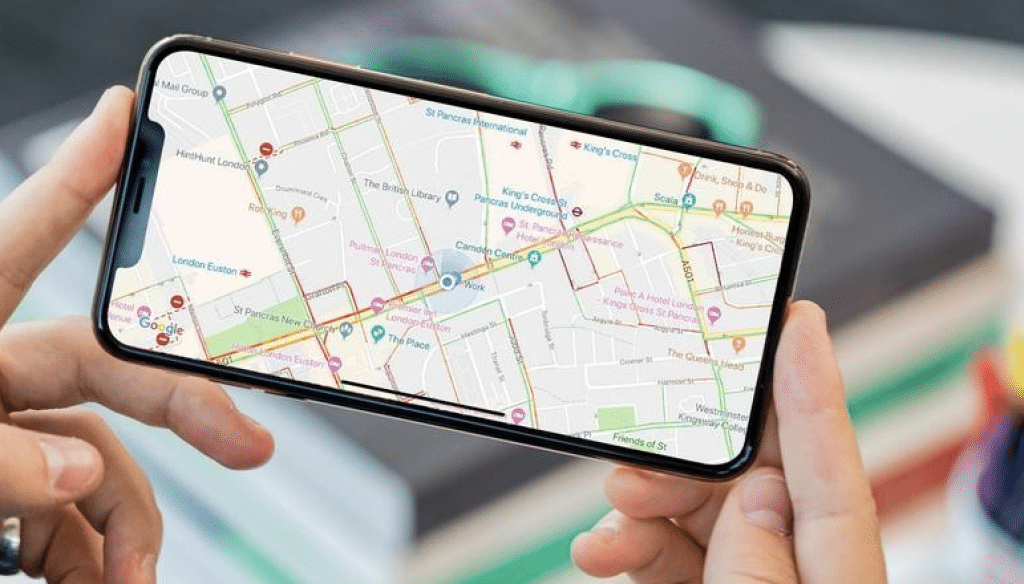In the modern digital era, cultivating a robust online presence is essential for any business’s success. Among the most effective resources available is Google Maps. With millions of users relying on Google Maps daily to find businesses and services nearby, getting your business listed on Google Maps can significantly boost your visibility and attract more customers. This comprehensive guide will walk you through the steps to get your business on Google Maps and optimize your presence using Google Business services.
Why Google Maps Matters for Your Business
Google Maps has become more than just a navigation tool; it’s now a powerful marketing platform for businesses of all sizes. When potential customers search for products or services related to your business, having a presence on Google Maps can make you more discoverable, increase foot traffic to your physical location, and drive more leads and sales.
Here are some key benefits of getting your business on Google Maps:
- Increased Visibility: By appearing on Google Maps, your business can reach a wider audience, including local customers searching for products or services like yours.
- Improved Credibility: A presence on Google Maps adds legitimacy to your business. Potential customers are more likely to trust and engage with businesses they can find easily on reputable platforms like Google.
- Enhanced Customer Experience: Google Maps provides valuable information such as business hours, contact details, reviews, and directions, making it easier for customers to engage with your business.
- Competitive Advantage: Many of your competitors are likely already listed on Google Maps. By claiming your spot, you ensure you’re not missing out on potential customers to your rivals.
Now that we understand why Google Maps is essential for your business, let’s dive into the steps to get it listed.
Step 1: Create or Claim Your Google My Business Listing
The first step in getting your business on Google Maps is to create or claim your Google My Business listing. Google My Business is a free tool that allows you to manage how your business appears on Google Search and Maps.
- Go to Google My Business: Visit the Google My Business website (https://www.google.com/business/) and sign in with your Google account. If you don’t have one, you’ll need to create one.
- Enter Your Business Information: Fill out all the required information about your business, including your business name, address, phone number, website, category, and business hours. Ensure your information is accurate and consistent with what appears on your website and other online platforms.
- Verify Your Business: Google will need to verify that you’re the owner or authorized representative of the business. Verification methods may include receiving a postcard at your business address or verifying by phone or email.
Step 2: Optimize Your Google My Business Profile
Once you’ve claimed your Google My Business listing, optimizing it to maximize its effectiveness is essential.
- Add Photos and Videos: Visual content can help your listing stand out and give potential customers a better sense of what to expect from your business. Upload high-quality photos of your storefront, products, services, and team.
- Write a Compelling Business Description: Use the business description section to provide a brief overview of what your business offers and what sets you apart from the competition. Make sure to include relevant keywords to improve your visibility in search results.
- Collect and Respond to Reviews: Encourage satisfied customers to leave positive reviews on your Google My Business listing. Respond promptly and professionally to both positive and negative reviews to show that you value customer feedback.
- Update Your Business Information Regularly: Keep your business hours, address, phone number, and other information up to date to avoid frustrating potential customers with inaccurate information.
Step 3: Optimize for Local SEO
Optimizing your Google My Business listing is essential for local search engine optimization (SEO), which can help your business appear higher in local search results.
- Choose the Right Categories: Select the most relevant categories for your business to help Google understand what your business is about and when to display it in search results.
- Use Keywords Strategically: Incorporate relevant keywords into your business name, description, and posts to improve your chances of appearing in local search results.
- Create Regular Posts: Google My Business allows you to create posts to share updates, promotions, events, and other news about your business. Posting regularly can help keep your listing fresh and engaging for potential customers.
- Monitor Your Insights: Use Google My Business’s insights to track how customers find and interact with your listing. Adjust your strategy based on this data to improve your results over time.
Step 4: Engage with Customers
Engaging with customers through your Google My Business listing can help build trust and loyalty and encourage repeat business.
- Respond to Messages and Questions: Monitor and respond promptly to messages and questions from potential customers to provide helpful information and encourage engagement.
- Encourage Check-Ins and Reviews: Customers can check in and leave reviews on your Google My Business listing. Positive reviews and check-ins can improve your visibility and credibility.
- Promote Special Offers and Events: Use Google My Business to promote special offers, events, and promotions to attract customers and drive traffic to your business.
By following these steps and effectively leveraging Google Business services, you can get your business listed on Google Maps and maximize its potential to attract new customers and grow your business. With a well-optimized Google My Business listing, you’ll be well on your way to increasing your business’s visibility, credibility, and sales.
